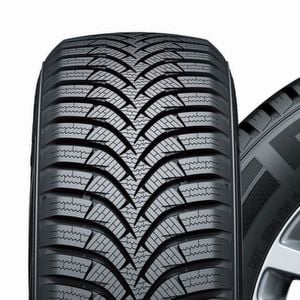Last Updated on 08.09.2025 by hrushetskyy
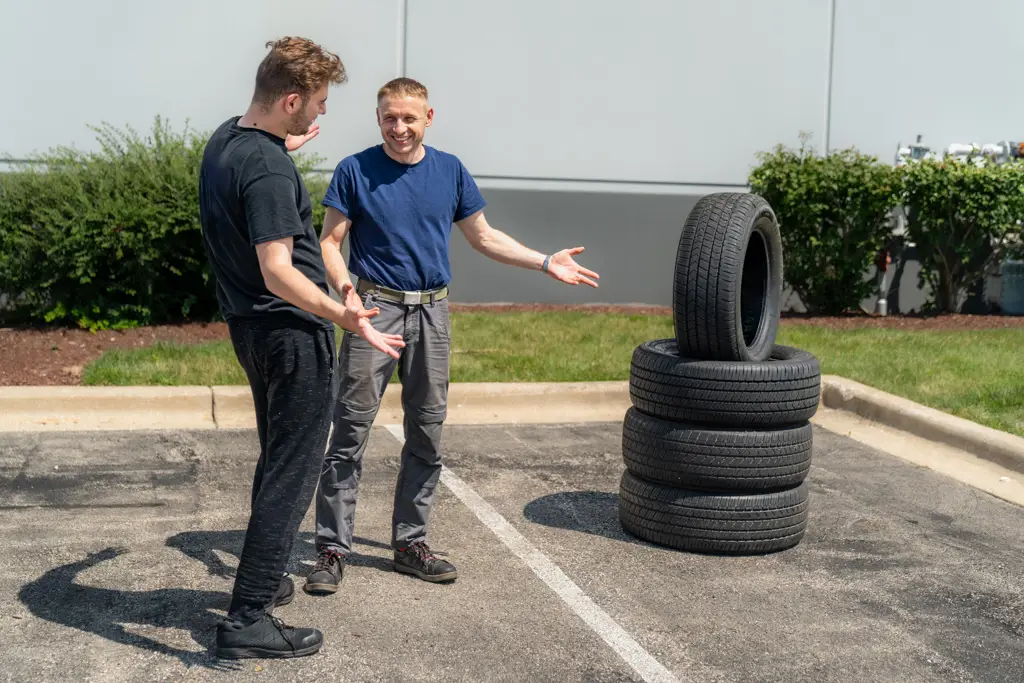
Determining “how much should I sell my used tires for” needn’t be a guessing game. In this article, UTires cuts to the chase. We provide apparent factors to consider so you can get the best possible return on your used tires. Find out how much you should charge based on brand, usage, and market demand without overcomplicating it.
Why do people sell used tires?
Selling your used tires can help cover the costs of purchasing new ones or become an easy source of a little extra income. So, if you’ve decided it’s time for a new set or you have an old one dusting in the garage, consider selling it. How? Let’s break the process into the main steps.
Determining the right price for your used tires
Correctly pricing your used tires determines the selling process’s success. You don’t want the price to be too high or too low. And to strike that perfect balance, you need to consider three factors:
- The condition of the tires
- The age of the tires
- The brand and model of the tires
You can sell one used tire for $10 or $100. But, as we’ve just mentioned, a few factors would determine the fair sum.
1. Tire condition
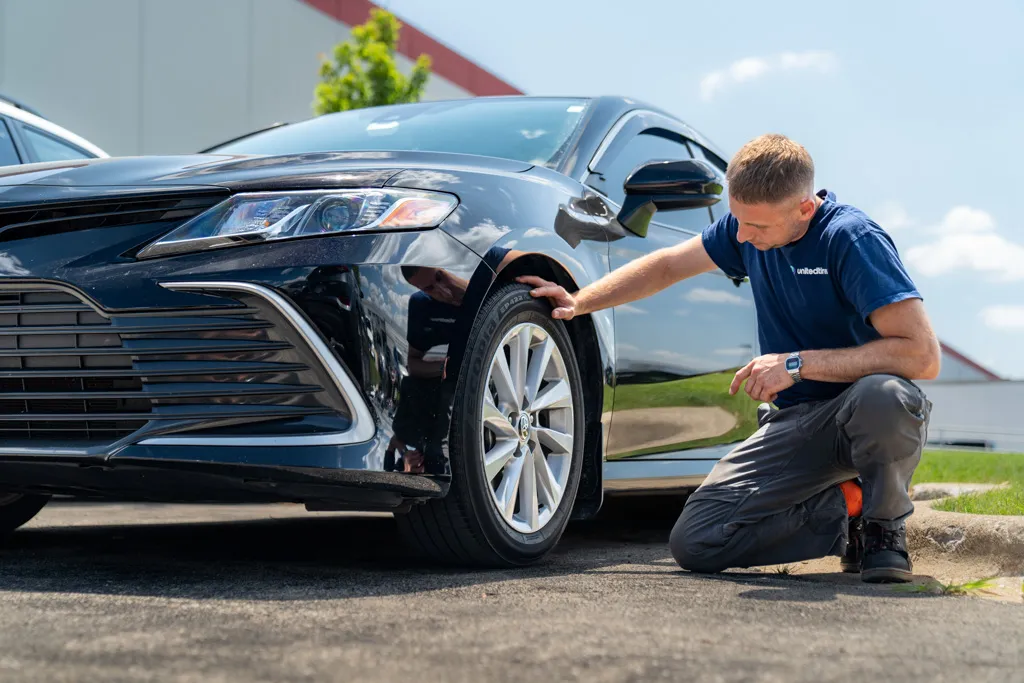
The condition of a tire significantly influences its value when reselling. The tread can be just slightly worn or almost bare. Tires with adequate tread depth are more valued than ones with worn treads.
But it’s not just the tread life, though. Visible wear or imperfections such as cuts, gouges, or sidewall damage should be taken into account, too.
But what about those sneaky, hidden damages not visible until the tire is off the wheel? Yes, they exist, and yes, they can impact the selling price. To avoid any nasty surprises, we recommend having a thorough inspection by a qualified professional before setting a selling price.
- Tire age
Tires have a birthdate! A tire’s age is an important factor in determining its selling price, with newer tires often commanding higher prices than older ones. The manufacturing date provides insights into a tire’s lifespan, which can affect a buyer’s willingness to part with their cash.
How do you find out a tire’s age? Look for a four-digit code on the sidewall, where the first two numbers stand for a week and the second two for a year of the tire’s production. So, a tire with the code 0421 was manufactured in the fourth week of 2021. Handy, right?
3. Tire brand and model
The brand of a used tire also determines its market resale value. Some tire brands have built a reputation for product quality and longevity, increasing the perceived value of the tire. Certain tire models may be in higher demand due to their specific features or suitability for certain vehicles.
But remember that a severely worn high-end brand tire would fetch less than a mid-range brand with near-new tire condition!
Selling platforms and their impact on pricing
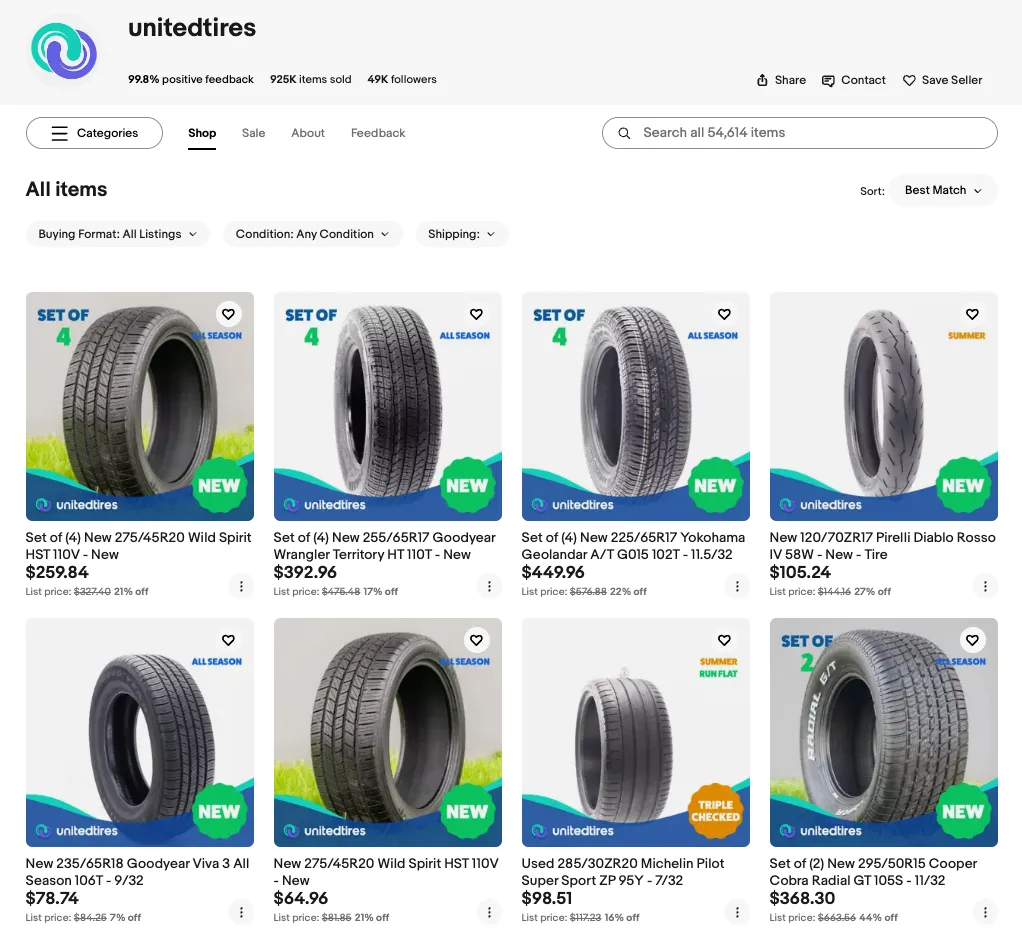
Have you priced your used tires appropriately? The next step is deciding where to sell them. From online marketplaces to local tire shops and specialized tire websites, each option has its unique advantages. They can determine how much you get for your used tires.
Online marketplaces
Popular platforms to sell online, especially for used tires, are:
- eBay
- Craigslist
- Facebook Marketplace
They are accessible, easy to use, and can put your tires in front of a large audience. Plus, they offer different selling options, from auctions that could fetch a competitive price to “buy now” listings where you set a firm price.
However, selling tires online isn’t just about listing them and waiting. Presentation matters! Good photos and a detailed description can help your tires stand out in a crowded marketplace. And remember, your Facebook profile is part of the package when selling on Facebook Marketplace, so make sure it’s presentable!
Local tire shops

Selling used tires to local tire shops is a sound option if you’re into traditional, “old-school” methods. Similar to companies buying used tires, these shops frequently require high-quality used tires for resale or to use as replacements. They rely on them to meet customer demand and maintain inventory. Some may participate in buy-back programs, offering another avenue for selling your tires, especially if they’re in good condition or unique in type.
Remember that not all tire shops sell used tires due to liability concerns. If you have repaired or retreaded tires, local retread buyers, tire retailers, and facilities specializing in tire retreading could be your target customers.
.
Specialized tire websites
Specialized tire websites like Sell My Tires are excellent options for reaching your target audience. These platforms are designed for people looking to buy or sell used tires and rims. With them, you’re reaching potential buyers who are specifically looking for what you’re selling.
The focused nature of these platforms, including tire rack websites, can also allow you to obtain higher prices for your used tires and tire rims. So, if you have a set of in-demand tires or rims, a specialized website might just be the perfect place to cash in on their value.
Tips for increasing the value of your used tires

Proper pricing and platforms aren’t the only factors affecting your profit when selling tires. You can potentially secure a higher selling price by focusing on the following:
- Proper storage and care
- Cleaning and presentation
- Repairing minor damages.
1. Proper storage and care
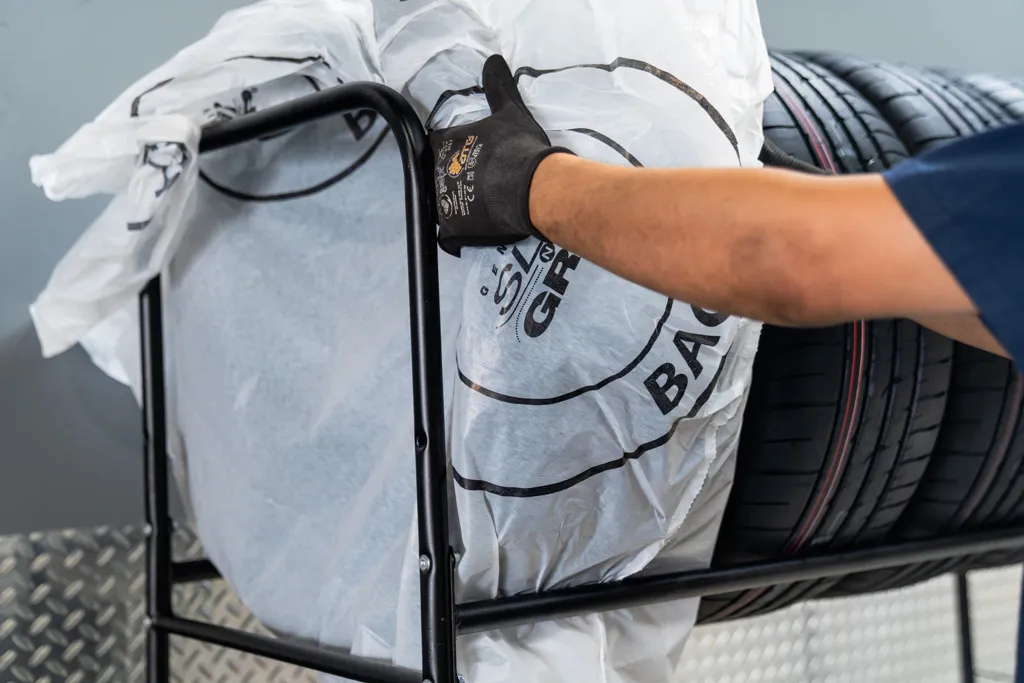
Proper storage and care are crucial for safeguarding the condition of your old tires. But what does “proper storage” mean? Basically, it’s about protecting your tires from the elements and harmful conditions.
To prevent deterioration, old tires (or seasonal—snow tires in summer or summer tires in winter) should be stored in a cool, dry environment, away from direct sunlight and harsh chemicals. This might mean using indoor spaces (basement, garage) or securing tires in a few protective layers of plastic if outdoor storage is your only option.
A well-preserved tire is a more valuable tire!
2. Cleaning and presentation
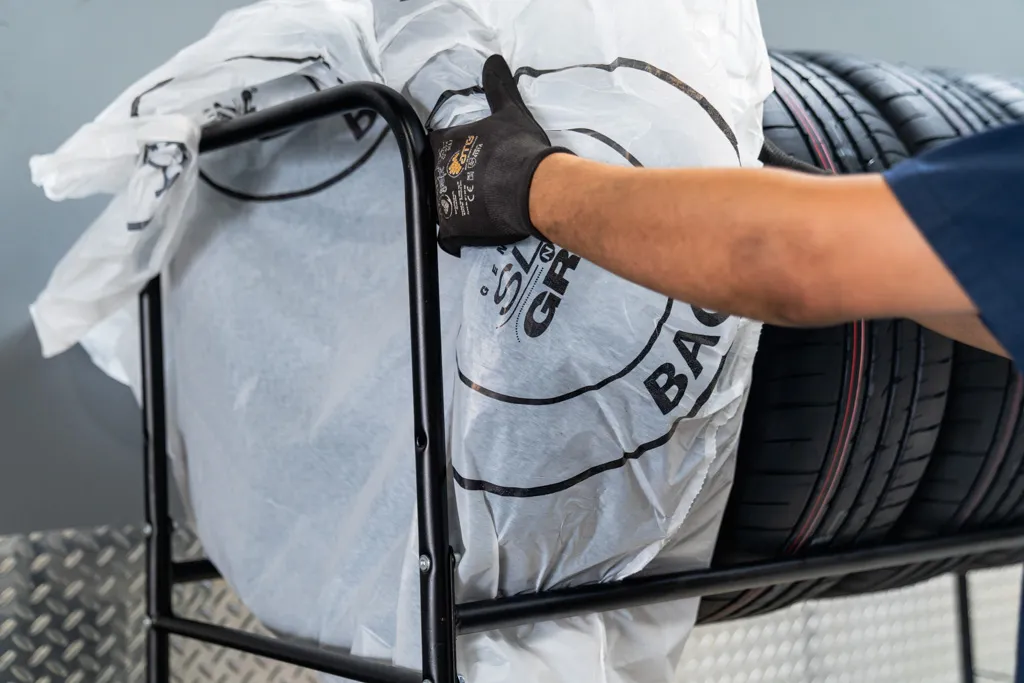
When you sell tires, don’t underestimate the power of the looks! Properly cleaned and presented, tires are definitely more attractive to potential buyers. Just follow these simple steps:
- Thoroughly wash the tires
- Remove any accumulated dirt and grime
- Apply a tire shine product can give your used tires a glossier and more appealing “near new tires” look.
3. Repairing minor damage
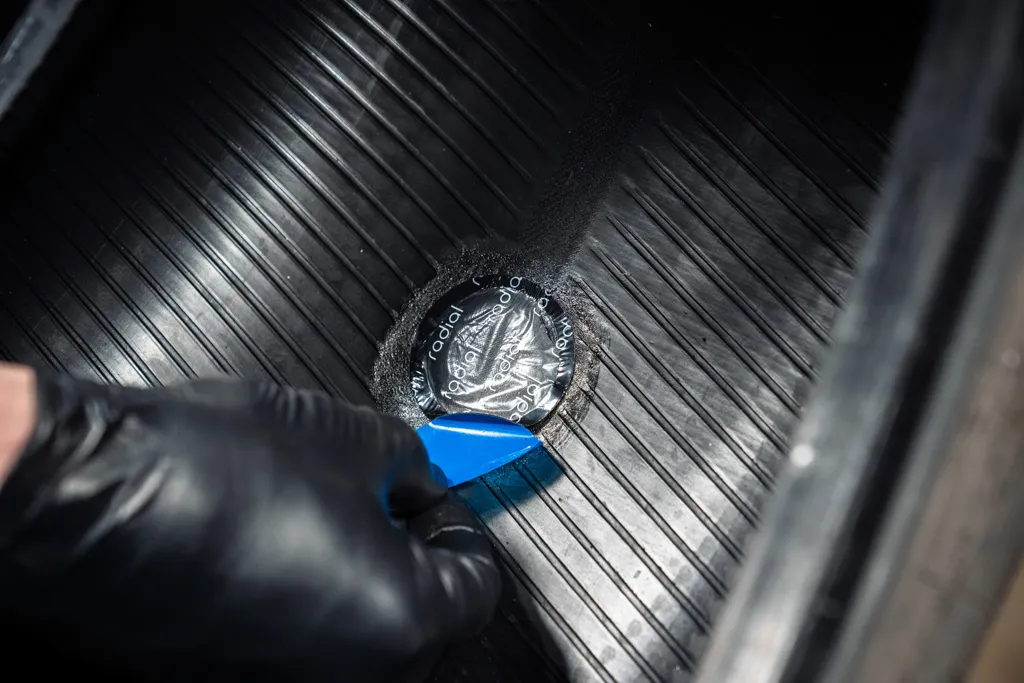
Encountered minor damage on your used tires? Don’t worry! Plugging punctures or sealing small leaks can be rectified quite easily. However, it’s always a good idea to seek professional assistance. If you think a tire still has value, it makes sense to take it to a mechanic for repair.
Negotiating the best price while selling tires
Have you priced your tires, selected your selling platform, and prepared them for sale? Now, it’s time for the fun part—price negotiation! Research comparable sales, be ready to counteroffer, and look for bundle deals!
Research comparable sales
To understand the actual market value of your set, spend some time on the investigation. Reseach online marketplaces, or visit the best used tire store nearby. When you sell used tires, understanding the pricing logic is key. You want to set a fair price to sell fast and effectively.
Analyze the prices of similar tire listings and consider their condition, brand, and size. Engage with other resellers who can provide insights into the current market.
Be prepared to counteroffer
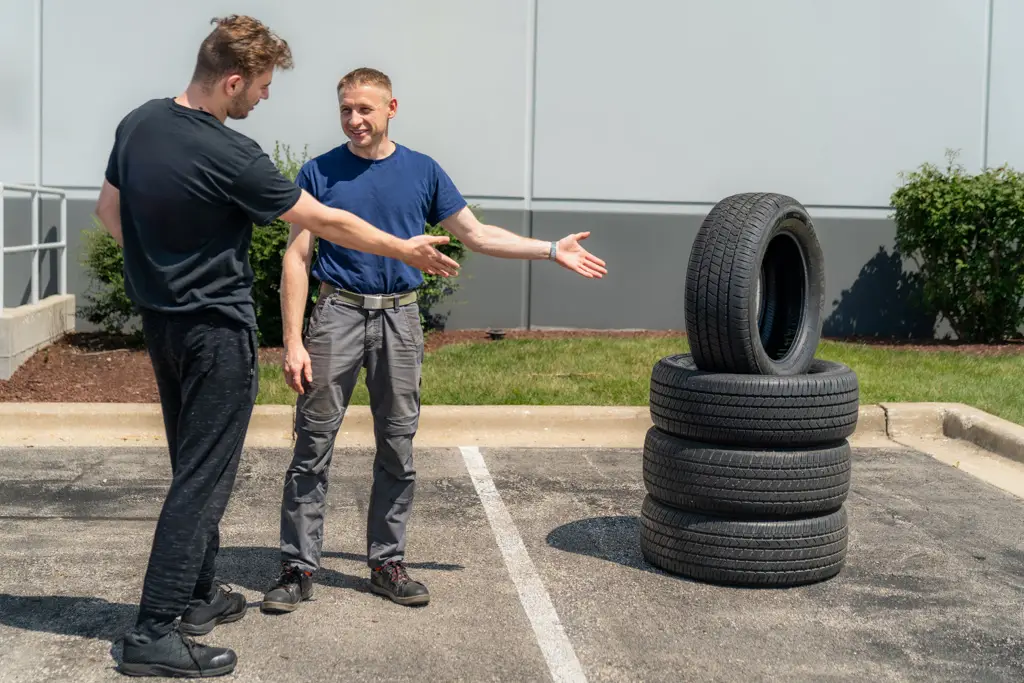
Negotiation involves give-and-take, and your buyer will likely attempt to lower the price. So, determine the least amount you’re willing to accept in advance.
Recognize your BATNA (Best Alternative To a Negotiated Agreement) and avoid agreeing to a sale that is not in your best interest!
When buyers attempt to squeeze in additional demands with “one last thing” tactics, respond with further inquiries or propose a compromise instead of lowering your price immediately.
Bundle deals
Everyone appreciates a good deal, don’t they? Bundle deals can be a turning point for your potential customers. Sell a set with free tire rims or offer additional services (like free delivery to their location). Cash selling can be attractive for buyers looking for a convenient transaction.
Legal considerations when selling used tires
While selling used tires aims to generate profit, it’s important to abide by the law. From adhering to state laws and regulations to checking for recalled tires, understanding the legal considerations is crucial to selling used tires responsibly and legally.
State laws and regulations
As a seller of used tires in the United States, compliance with both federal safety standards and state-specific regulations is mandatory. While sales of new tires must meet federal safety standards, state restrictions may be applied to used tires.
The U.S. Tire Manufacturers Association, a key player in the automotive industry, advocates for state laws that ban the installation of used tires with conditions that could endanger motorist safety. So, before you sell, check your local Department of Motor Vehicles’s official website.
Keep in mind that it’s against the law to drive on tires with less than 2/32″ tread depth, and most used tire shops don’t even sell tires with less than 4/32″ tread left!
Recalled tires
You certainly don’t want to sell a recalled tire. To check if your tires are subject to a recall, use the U.S. Tire Manufacturers Association’s online recall search tool and the tire identification number on the tire’s sidewall.
Should a used tire be part of a recall, it is legally required to be replaced free of charge; failure to do so can result in submitting a notification to the Secretary of Transportation.
10 steps of selling your used tires
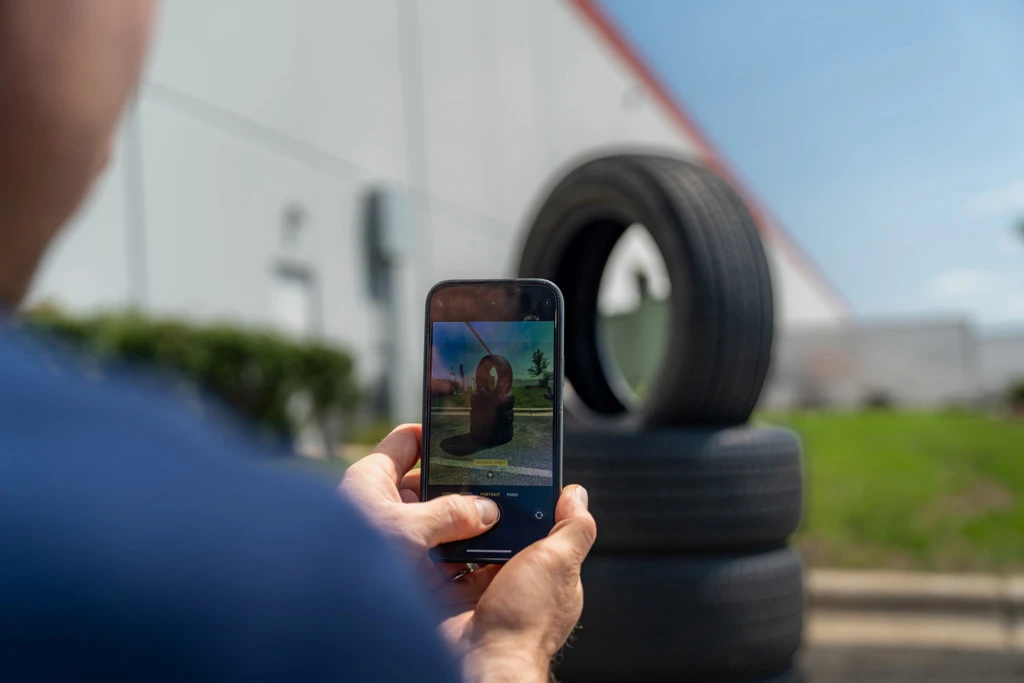
- Inspect your tires’ condition: measure the tread with a device purchased at any auto parts store. A tread of an eighth inch or more is considered safe and usable.
- Consider your tires’ brand and model: they are essential in determining an accurate market value.
- Set a fair price: price your tires according to the tread depth: the more tread left, the higher the price. For tires with about half tread left in good condition, expect to sell at approximately 50% of a new tire’s price. And remember to consider the lowest price mark you would agree on!
- Repair minor damages: we strongly recommend visiting a professional mechanic for it. Remember that holes or signs of extreme wear and tear are challenging to fix and will make such tires nearly impossible to sell.
- Clean your tires: make sure that the presentation is spot-on! The visual effect is super important both online and offline!
- Take good photos: these images will become a great advantage when selling online. Use the advantages of daylight, as indoor images will most likely be of worse quality.
- Choose an online platform or a tire shop: you can base your search on reputation, customer reviews, proximity to your location, etc.
- Post detailed information: include a few photos, an accurate description, and a price to ensure smooth customer communication.
- Negotiate! Set the minimum price you’re ready to agree on in advance, and use your negotiation skills!
- Offer extra services. Free door-to-door delivery offered to the buyer will increase the chances of selling faster.
But what if the tires are too old for selling?
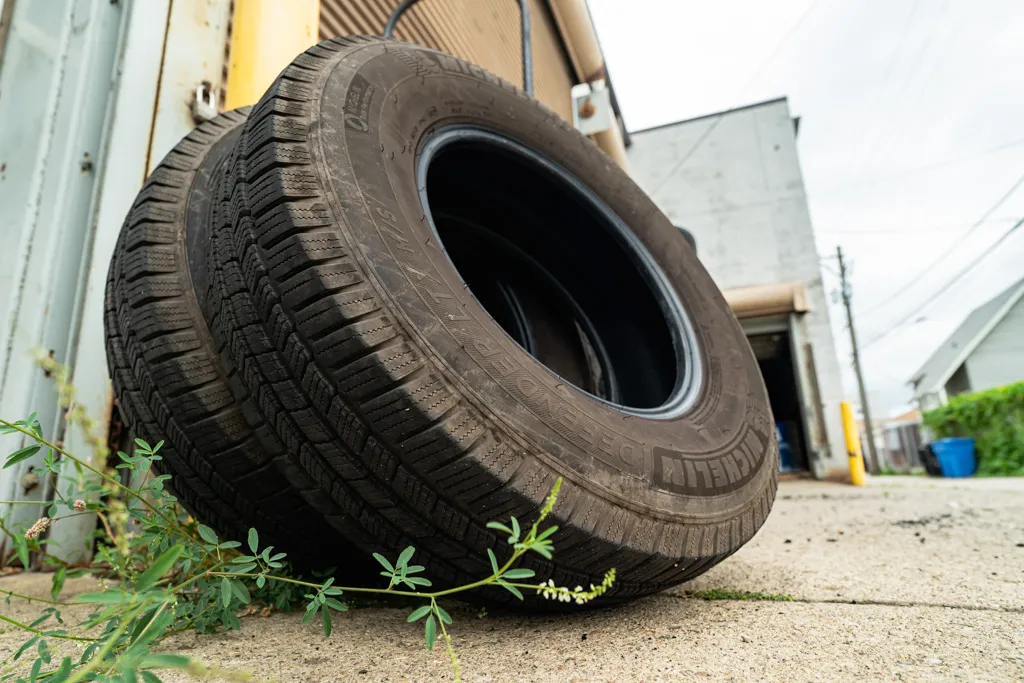
In this case, we recommend taking them to a recycling facility. Contact them in advance and inquire if you can bring your old rubber in. Please don’t underestimate this step, as scrap tires present a severe environmental hazard—improperly disposed of, contaminating water, soil, and air.
By recycling end-of-life tires, you protect Mother Nature and take your part in promoting the circular economy. Recycle scrap tires, and they will become fuel, asphalt, or the surface of the kids’ playground… The second or third life that this rubber will get will depend on your state’s recycling programs and initiatives.
Final thoughts
Selling used tires, like any other venture, requires some research to determine if you want to reach the maximum amount of return. Explore the options closely and determine what avenues of sale will produce the most profit. Evaluate all options and make sure you’re completely honest with buyers.
If you need clarification on the pricing, visit a local garage selling used tires. Talk to the mechanics and see how much they charge for similar tires. Use that information to set the price and to negotiate.
And if your tires are too old, recycle them consciously at the local recycling center.
Frequently Asked Questions
How much can I earn from selling used tires?
Selling used tires can earn you anywhere from $10 to $100 per tire, depending on brand, size, condition, and market demand. Keep these factors in mind when pricing your used tires.
Where can I sell my used tires?
You can sell your used tires online on marketplaces like eBay, Craigslist, Facebook Marketplace, or local tire shops. Consider using a specialized tire website like Sell My Tires as well.
How do I increase the value of my used tires?
To increase the value of your used tires, focus on proper storage, thorough cleaning before selling, and repairing minor damage. This will help maximize their value when reselling.
How do I negotiate the best price for my used tires?
To negotiate the best price for your used tires, be prepared to counteroffer, research comparable sales, and consider offering bundle deals to make your offer more attractive to buyers. Good luck!
What are the legal considerations when selling used tires?
When selling used tires, it’s important to adhere to state laws and regulations and check for recalled tires before making the sale. If a tire is part of a recall, it must be replaced free of charge.
Share the Knowledge
